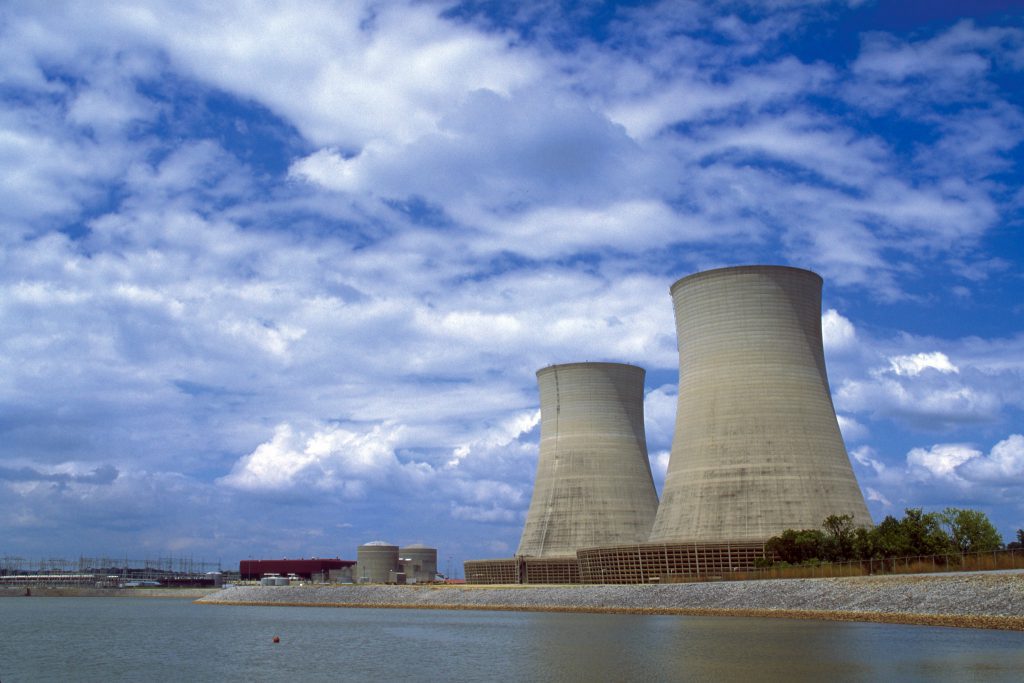The government, the audience was told, planned to construct a test version of a small nuclear reactor at a new atomic research complex near the village of Gampo, which is the country’s largest ever.
The gathering was low-key, with officials from South Korea giving a presentation to around 50 locals at a community hall on the country’s southern coast last month.
The government, the audience was told, planned to construct a test version of a small nuclear reactor at a new atomic research complex near the village of Gampo, which is the country’s largest ever. The modular reactor, which is expected to be completed by 2027, will be comparable to those that power icebreakers and container ships at sea.
However, that may not be the only goal for this cutting-edge technology. According to nuclear experts, the initiative might help South Korea realize a long-held ambition of constructing a nuclear-powered submarine. It’s something that the country’s most powerful friend, the United States, has long opposed.
As the allies aim to balance out China’s expanding military force, Australia declared in September that it will build nuclear-powered submarines with American and British assistance. South Korea, on the other hand, has been prohibited from using nuclear materials for military purposes under the terms of a treaty with the United States for nearly 50 years.
The government of President Moon Jae-in has argued for the moratorium to be lifted, claiming that building nuclear submarines is critical in fighting North Korea’s intentions to do the same. Concerns about South Korea’s preparedness have intensified as the North’s advancement has heightened the sense of urgency. In recent years, North Korea has tested a number of submarine-launched ballistic missiles and stated in January that it was developing a nuclear submarine design.
Moon Keun-sik, a former naval commander who led a past attempt by South Korea to create nuclear-powered submarines, stated, “There will be no better way of chasing, monitoring, and deterring North Korean nuclear submarines than by deploying our own nuclear submarines.” “We can’t rely on the US to take care of it for us.”
The reactor proposal in South Korea comes amid rising fears of an Indo-Pacific arms race, fueled by the superpower rivalry between China and the United States.
Australia announced a military agreement with South Korea on Monday, dubbed the “largest ever” between Australia and an Asian country.
On the nuclear power front, South Korea isn’t the only country working on small modular reactors, or SMRs, as a carbon-free energy source. But its Advanced Reactor for Multiple Applications project has gotten a lot of attention.
“We are not building it with a submarine in mind,” said Lim Chae-young, the reactor project manager at the Korea Atomic Energy Research Institute, or KAERI. Nonetheless, the reactor’s 70 megawatt output is comparable to early U.S. submarine reactors and would be sufficient to power South Korea’s next-generation 4,000-ton submarines, according to Bryan Clark of the Hudson Institute in Washington.
